It’s easy to get carried away as a gardener; one day, you’re just starting out with a few flowers, and the next, you’ve got so many vegetables, hedges, flowerbeds, and shrubs that you’re losing track! You might feel like there’s no such thing as too many plants, but unfortunately, this isn’t necessarily the case. To explain why, here are some common problems you’ll face if you overplant your garden.
Stunted Plant Growth
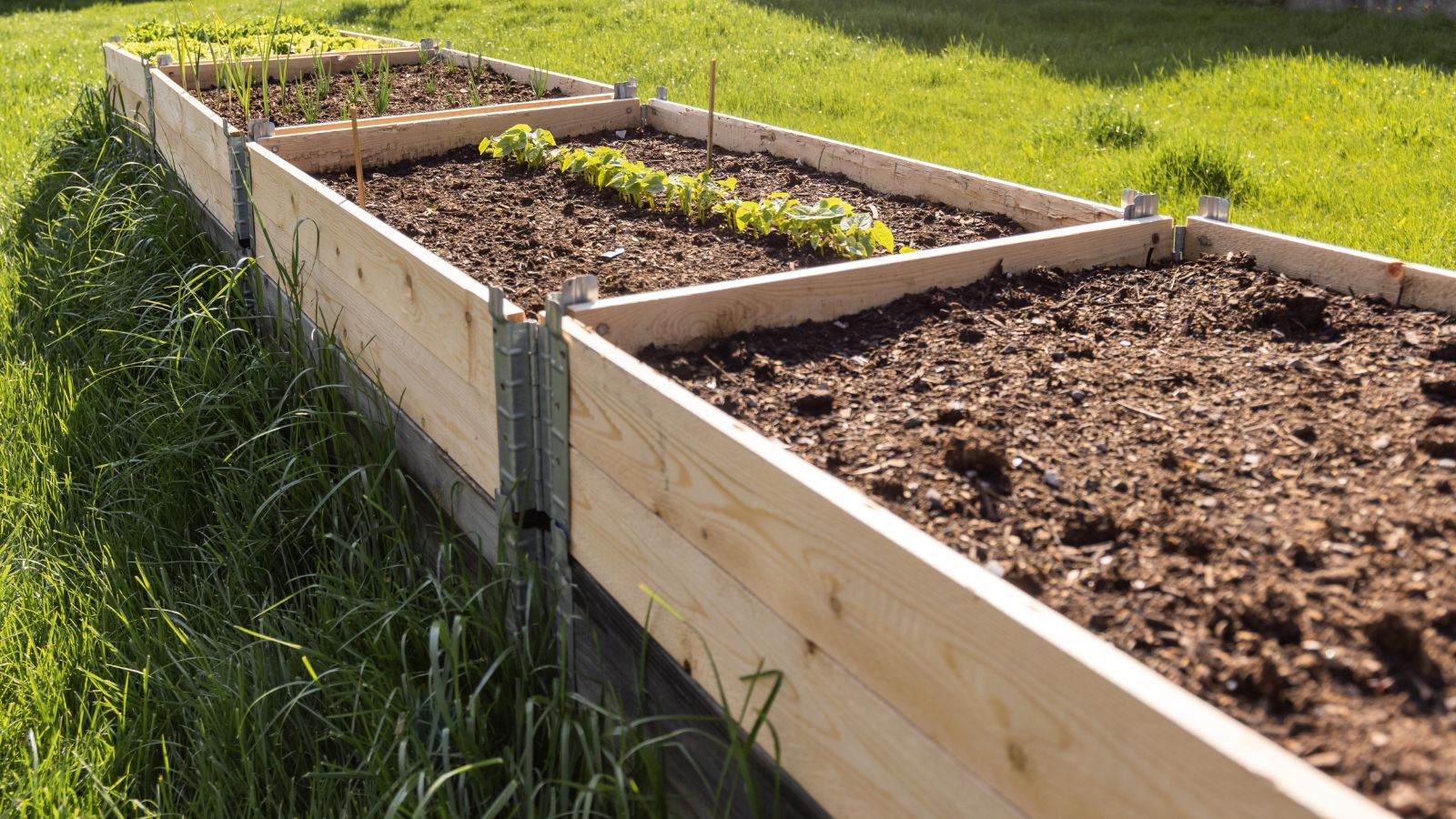
Firstly, it’s important to know that when plants are crowded, they end up competing fiercely for nutrients, water, and sunlight. This constant struggle can slow down their growth, leaving you with plants that never quite reach their full potential. Therefore, spacing is essential to give each plant access to what it needs to grow tall, healthy, and strong. Depending on how large your yard is, too many plants could mean that none of them flourish.
Increased Risk of Disease
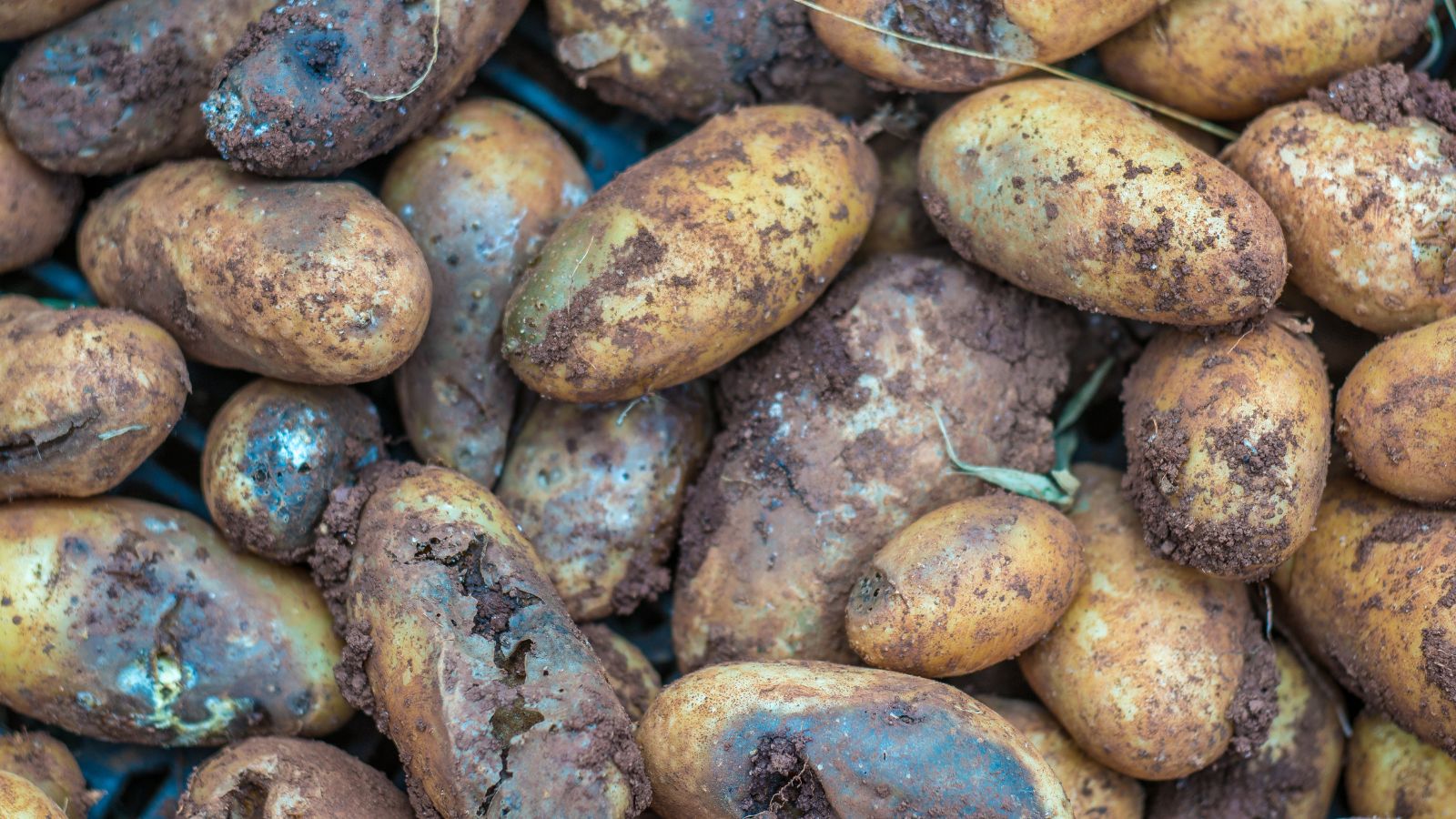
Crowded plants create a dense environment with poor air circulation, making it easy for diseases to spread quickly. Fungal infections, blight, and mildew thrive in cramped spaces where moisture tends to linger. Ultimately, when plants don’t get enough airflow, these diseases can jump from one plant to the next in no time, leaving a trail of damage behind.
Pest Infestations
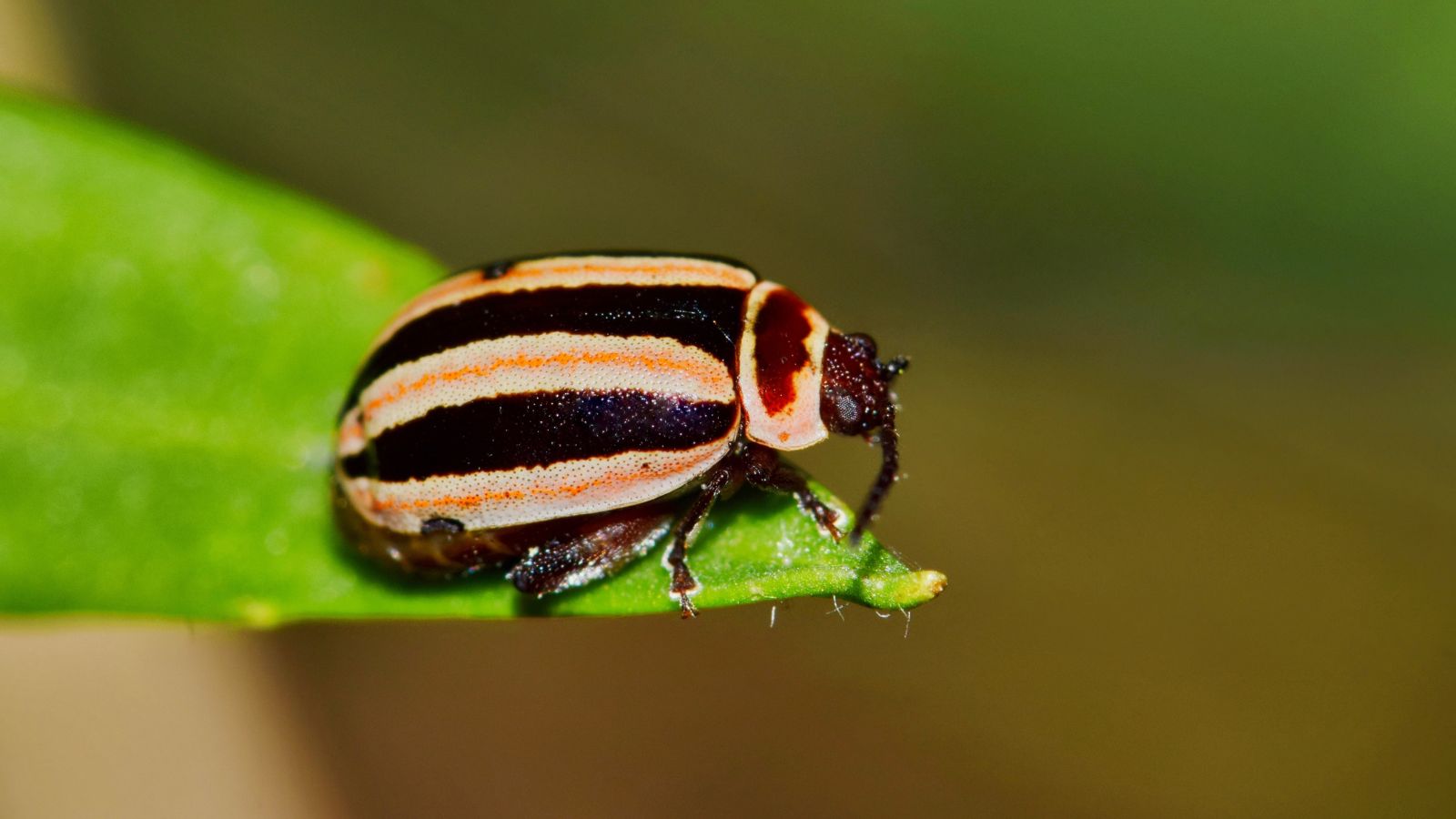
It’s not just diseases that you’ll have to deal with when it comes to overplanting; it will also provide plenty of hiding spots for pests like aphids, beetles, and slugs. In some cases, dense plantings may actually deter some pests, but this completely depends on what you plant. Regardless, thick foliage can still make it harder for natural predators, like birds, to access other pests, turning your garden into a potential buffet.
Poor Sunlight Distribution
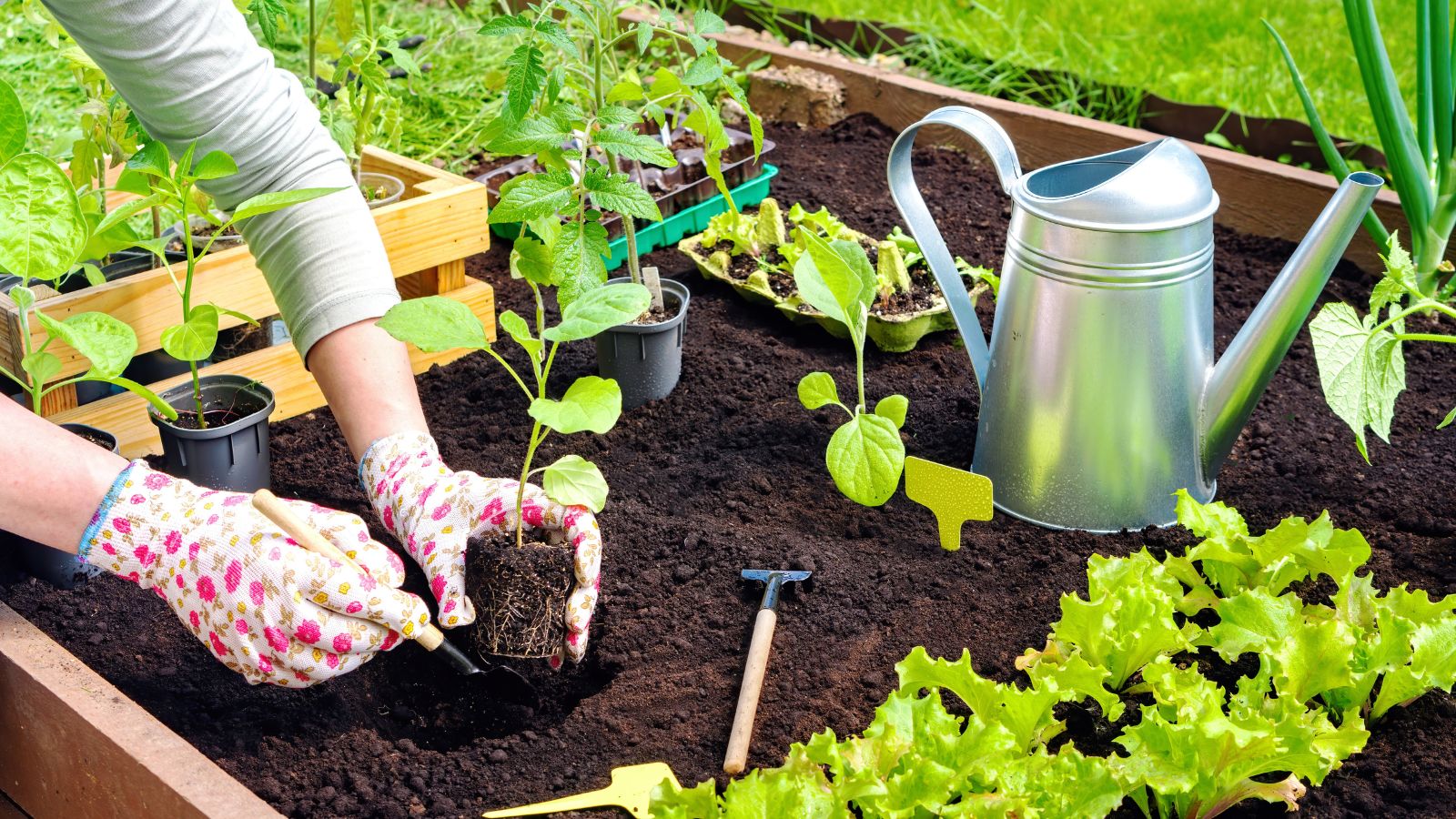
Not every plant needs the same amount of sunlight, but when too many plants crowd together, none get their fair share. Taller plants may overshadow smaller ones, creating too much shade and stunting the growth of sun-loving varieties. Because of this, proper spacing is very important, ensuring that each plant gets the right amount of sunlight to stay healthy and produce blooms or vegetables.
Soil Depletion
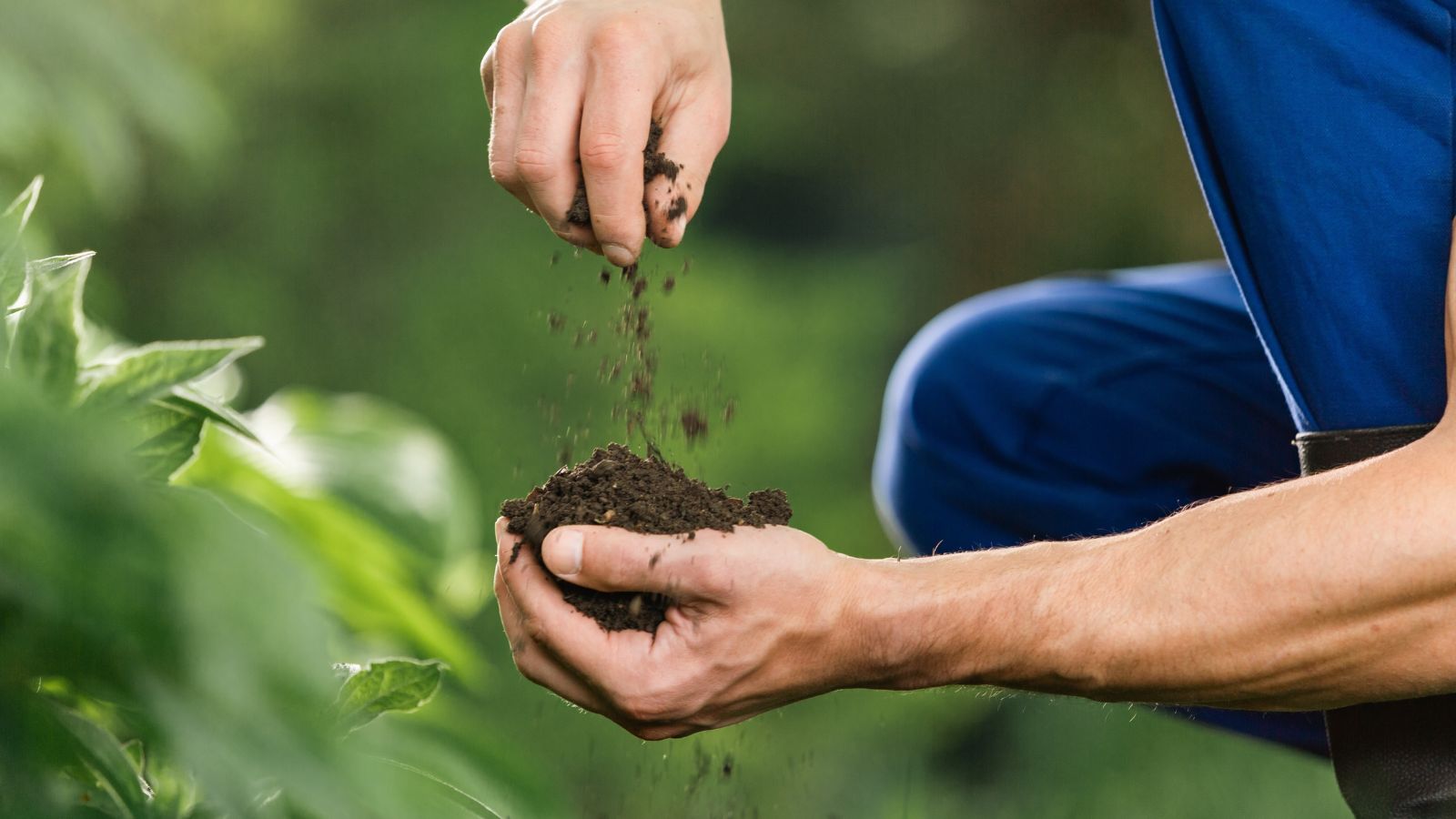
As we briefly mentioned earlier, an overcrowded garden draws on soil nutrients faster than the earth can replenish them. Each plant extracts what it needs, but in an overplanted area, the demand on the soil becomes overwhelming. While soil type and regular fertilization can help, nutrient depletion is still a concern. At the end of the day, having fewer plants will make it easier to maintain a balanced, nutrient-rich environment.
Watering Challenges
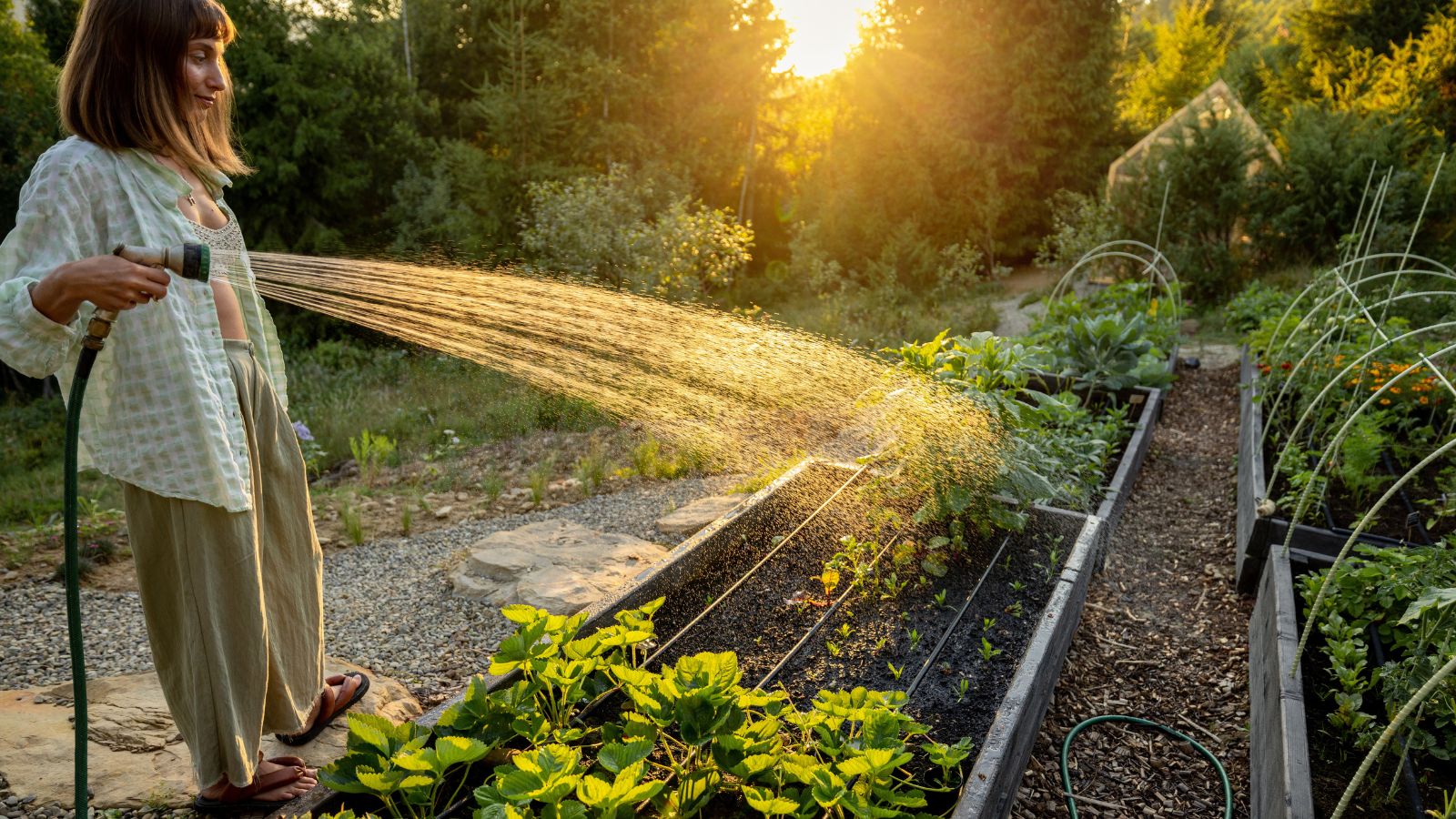
One of the most obvious downsides of having too many plants is that watering them all will become a chore, especially when they’re tightly packed together. Water might be unable to reach every root system, leading to the need for drip irrigation systems. So, if you want to keep your garden low-maintenance and low-budget, it’s best to spread out your plants as much as possible.
Root Crowding and Competition
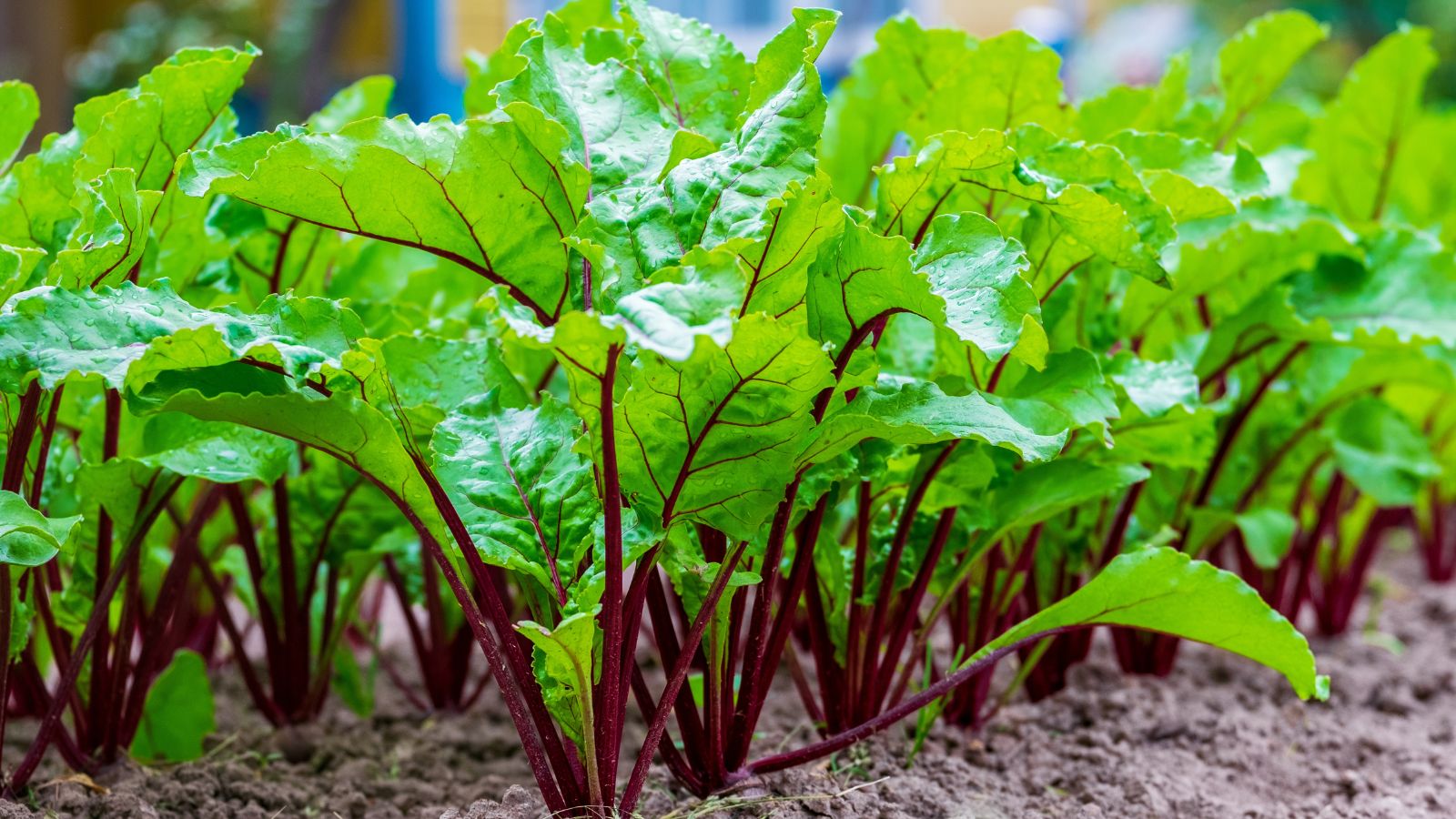
When it comes to space, plants need space not just around them but also below the surface. Roots tangled and cramped together will fight for space, which can weaken their hold in the soil and limit nutrient absorption. This crowded root zone leads to underdeveloped plants and poor growth, which you won’t want. Just give each plant plenty of room to root deeply, and you’ll be able to create a more stable, vigorous garden.
Difficulty Harvesting

If you’ve overplanted vegetables or herbs, the crowded arrangement can make harvesting a frustrating task. Plants growing on top of each other create a tangled mess that’s hard to navigate, especially with sprawling plants like squash or cucumbers. Worse still, bending, reaching, or even locating fruits and vegetables can become exhausting, making it easier to miss ripe produce or accidentally damage neighboring plants in the process.
Inconsistent Pollination
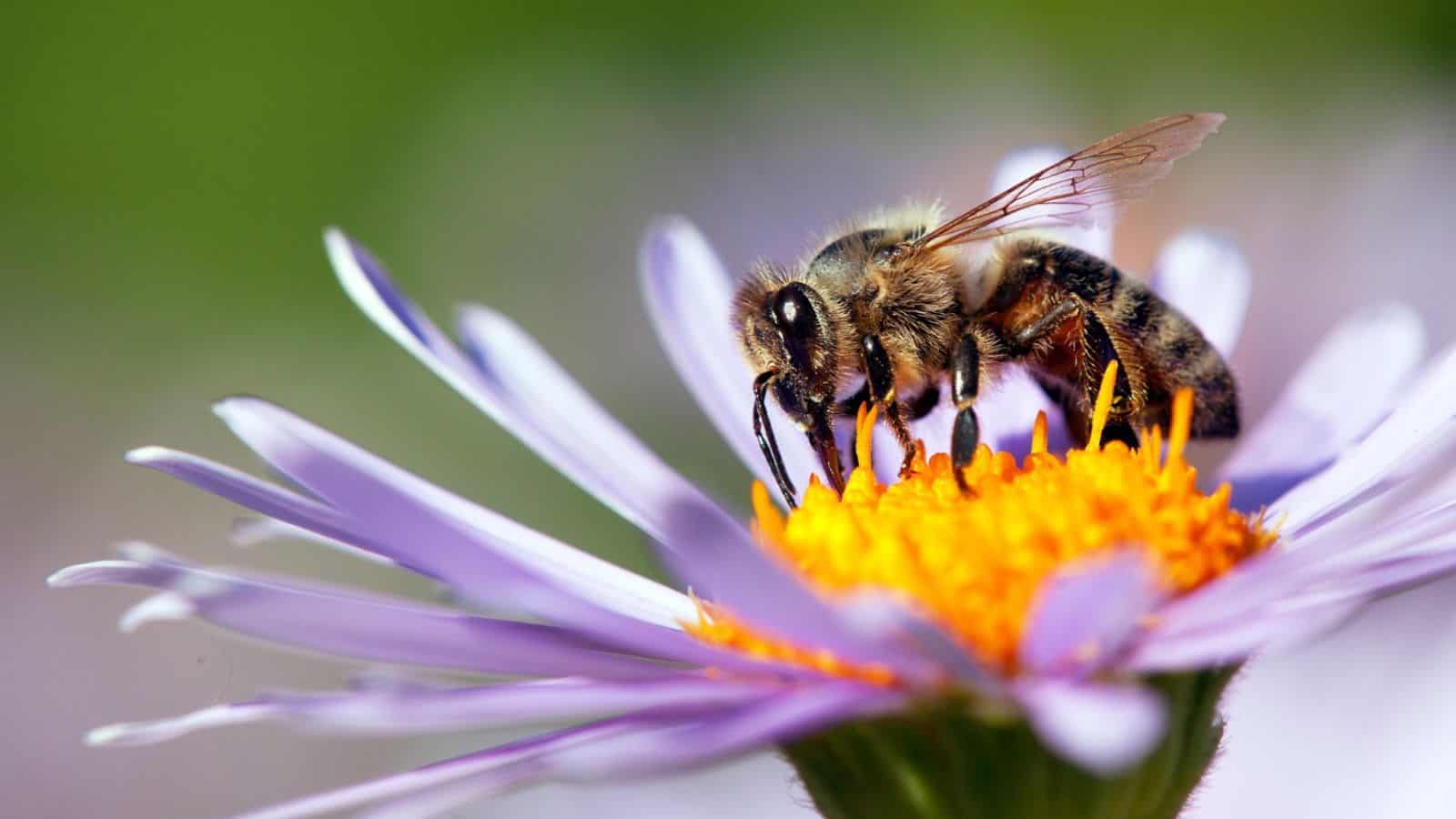
Pollinators like bees need easy access to flowers, but dense plantings can make it challenging for them to move around. Therefore, flowers buried in foliage might not get pollinated as often, affecting fruit and vegetable yield. Sure, some pollinators adapt well to tight spaces, but this isn’t always the case, so you’ll have to think carefully about how you space your plants.
Increased Maintenance Needs

Another common problem you’ll face if you overplant your garden is the seemingly unending pruning, thinning, and general upkeep that you’ll have on your schedule. Plants that grow into each other need constant maintenance to keep things manageable, which can be really time-consuming. Obviously, a crowded garden also demands more attention than a minimal one, so if you still work full-time, you should definitely pace yourself.
Reduced Garden Aesthetic
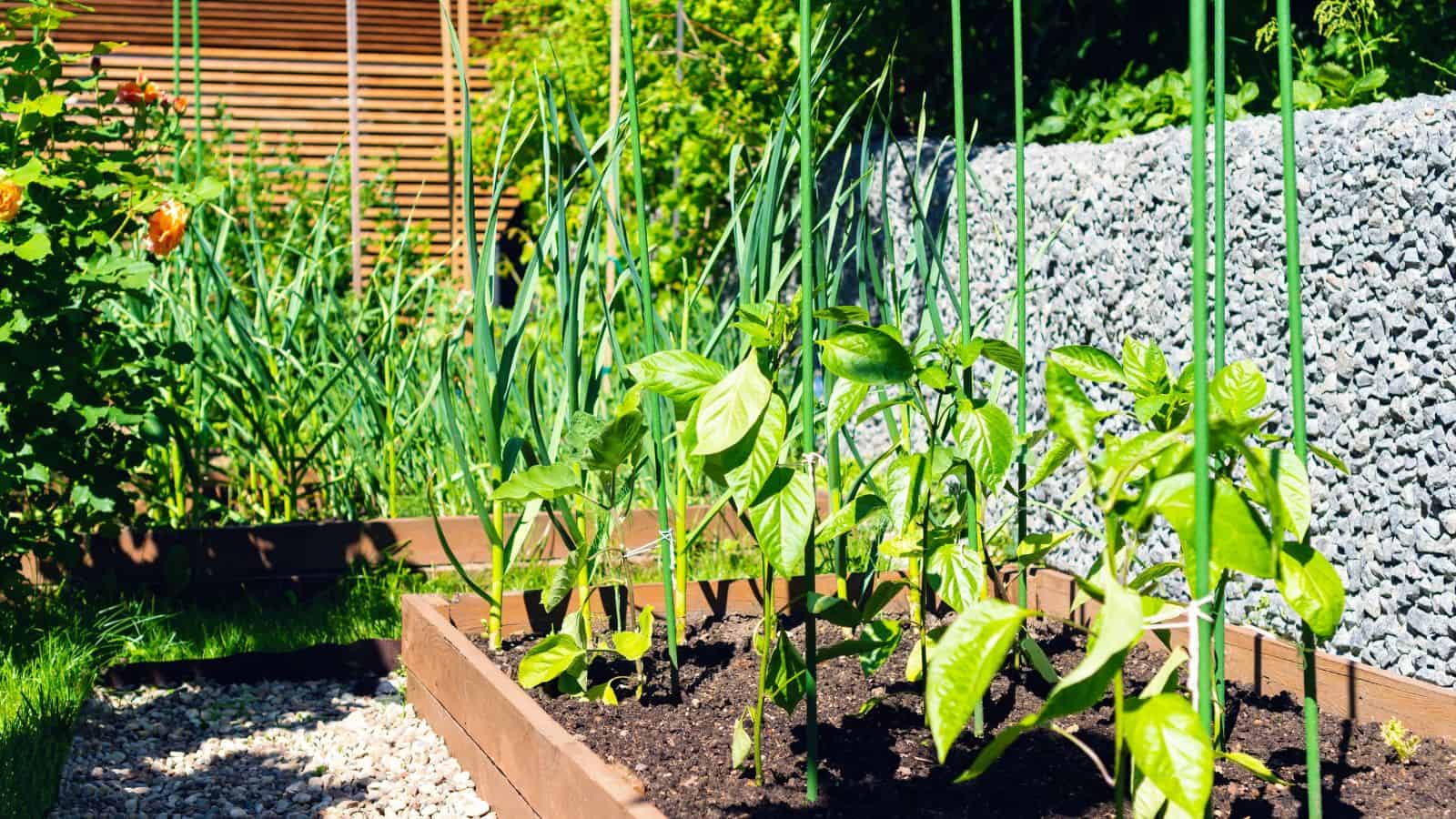
While a full garden might sound beautiful, overcrowded plants can quickly lose their visual appeal. Instead of a harmonious display, you may end up with a chaotic, mismatched landscape. Plants crammed together can look unkempt and may block the view of blooms and greenery, defeating the aesthetic goal of your garden’s design.
Higher Risk of Soil Compaction
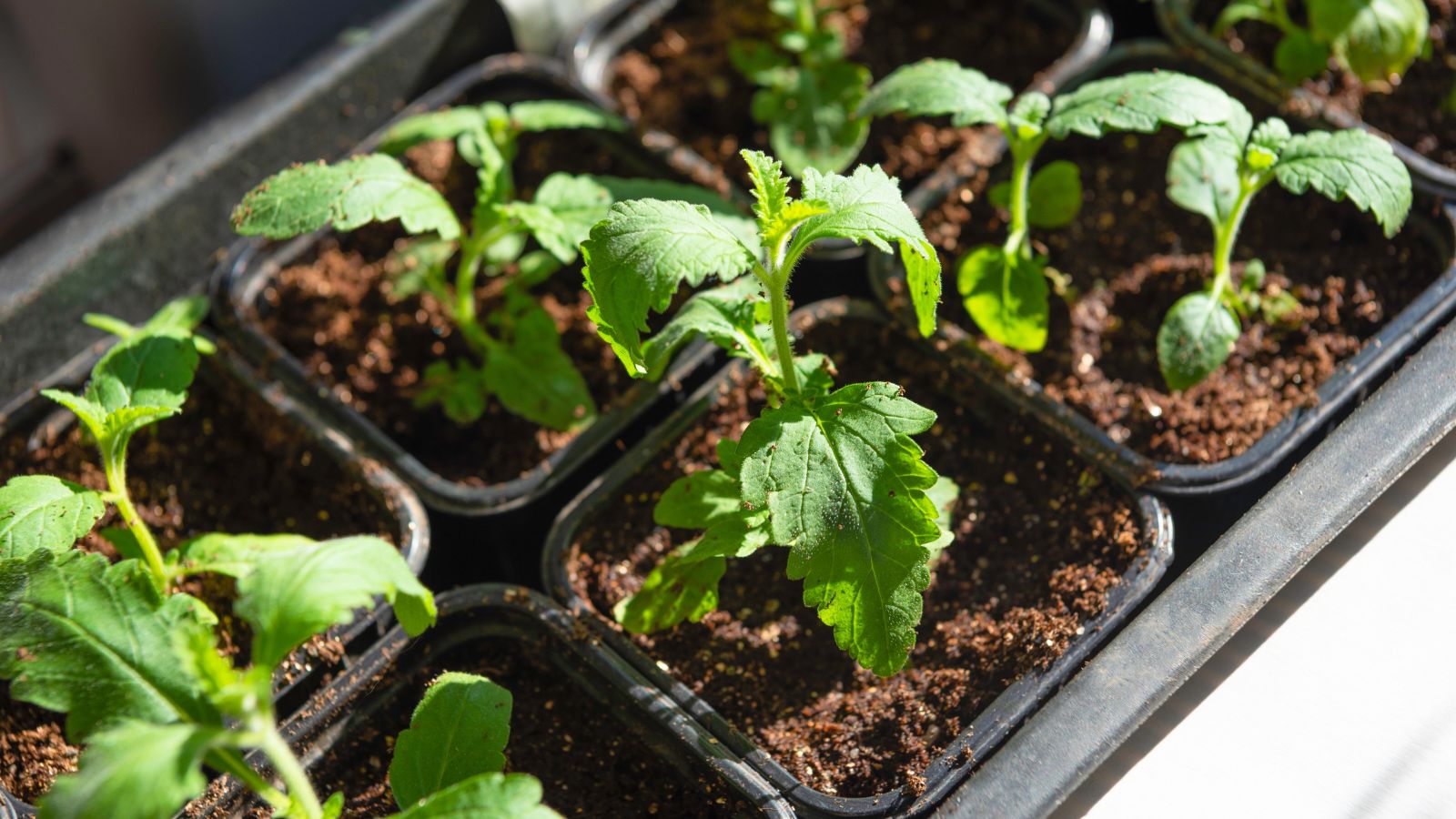
A densely planted garden can lead to soil compaction, especially if you need to step into the bed to reach plants. Consequently, compacted soil will prevent roots from growing freely, restrict water flow, and make it harder for plants to anchor themselves. Thankfully, using raised beds or mulching can help reduce compaction risks, preserving soil structure.
Limited Seasonal Flexibility
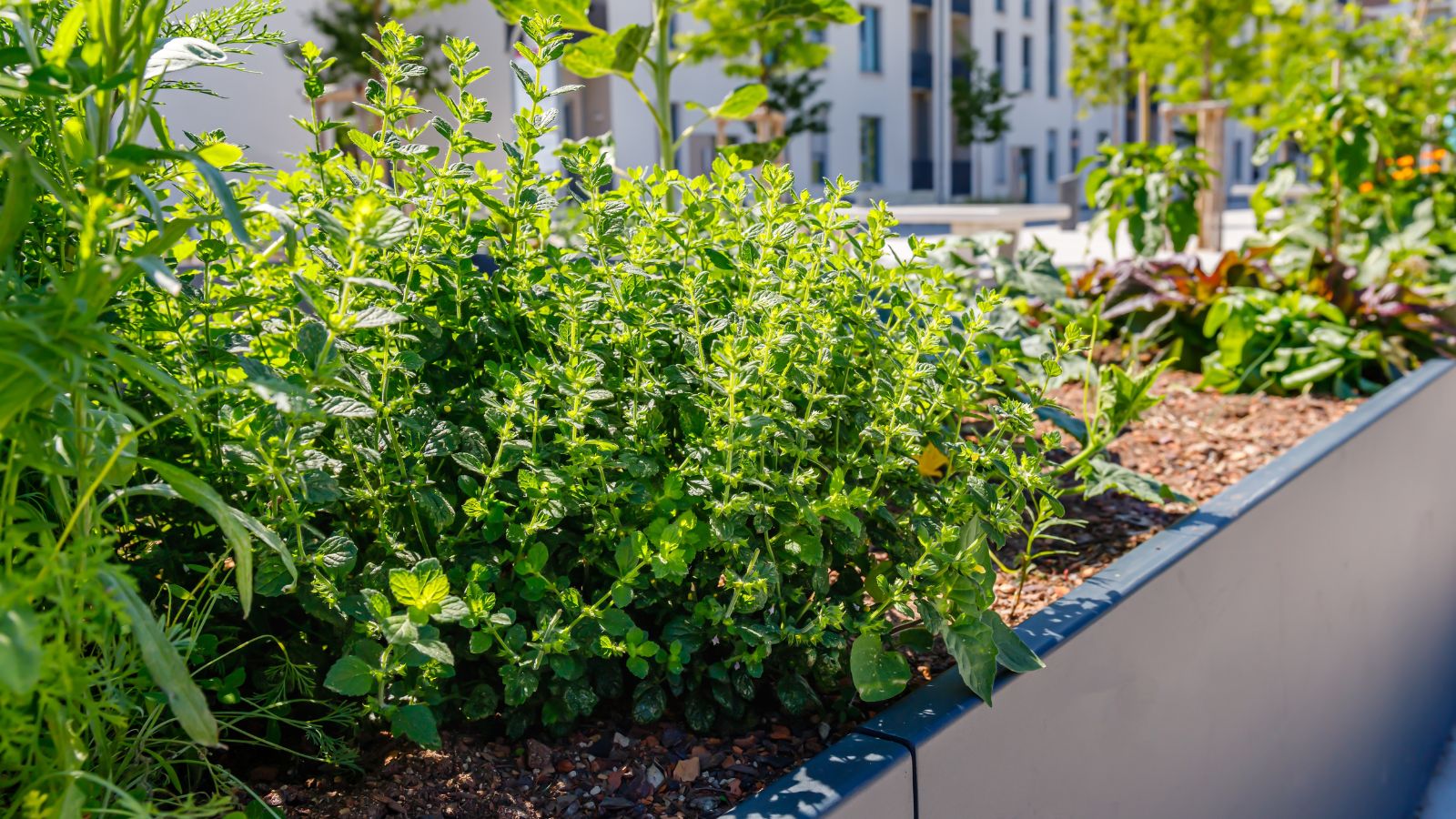
Gardeners often forget that an overly-packed garden leaves little room to rotate crops or plant new varieties throughout the seasons. Without space to switch out plants, the garden may become monotonous, with fewer options for adding seasonal flowers or vegetables. Intensive gardening practices can help extend the season, but open spaces allow more flexibility.
Inhibited Weed Control

Weeds are opportunists who love competing with garden plants, so overplanting can make it tough to spot and remove weeds before they become a problem. In dense areas, weeds may go unnoticed until they’ve spread, drawing moisture and nutrients away from your plants. Ultimately, regular weeding is much easier in a well-spaced garden where everything is visible and accessible.
Uneven Maturity Rates
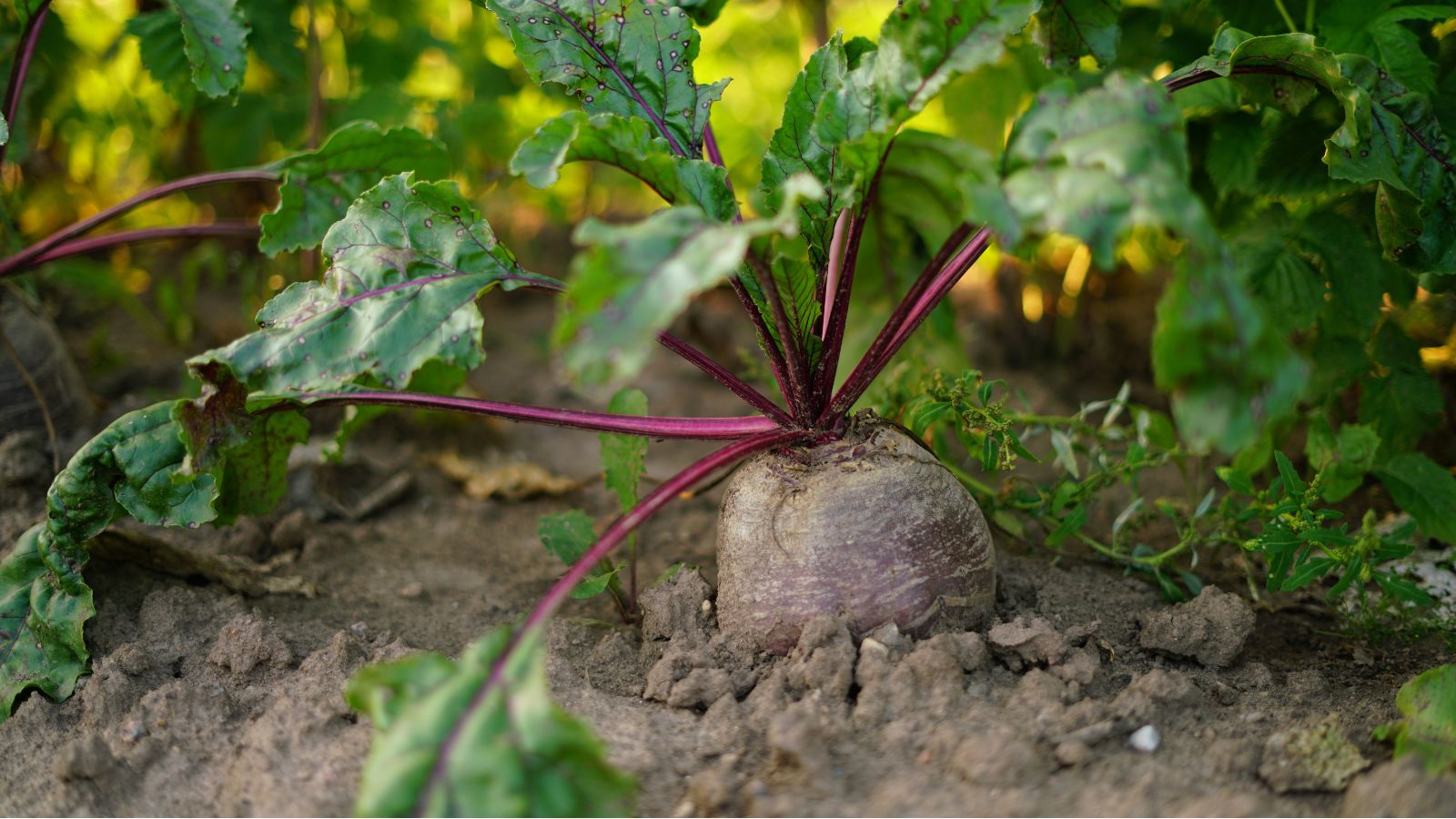
Finally, remember that when plants compete for limited resources, this doesn’t just mean that all of them won’t grow healthily. Their growth can actually become inconsistent with each other, leading to varying maturity rates. Some plants might thrive while others struggle, creating a garden with uneven growth patterns. This disparity can affect the timing of blooms and harvests, making it challenging to enjoy the garden as a cohesive whole.
